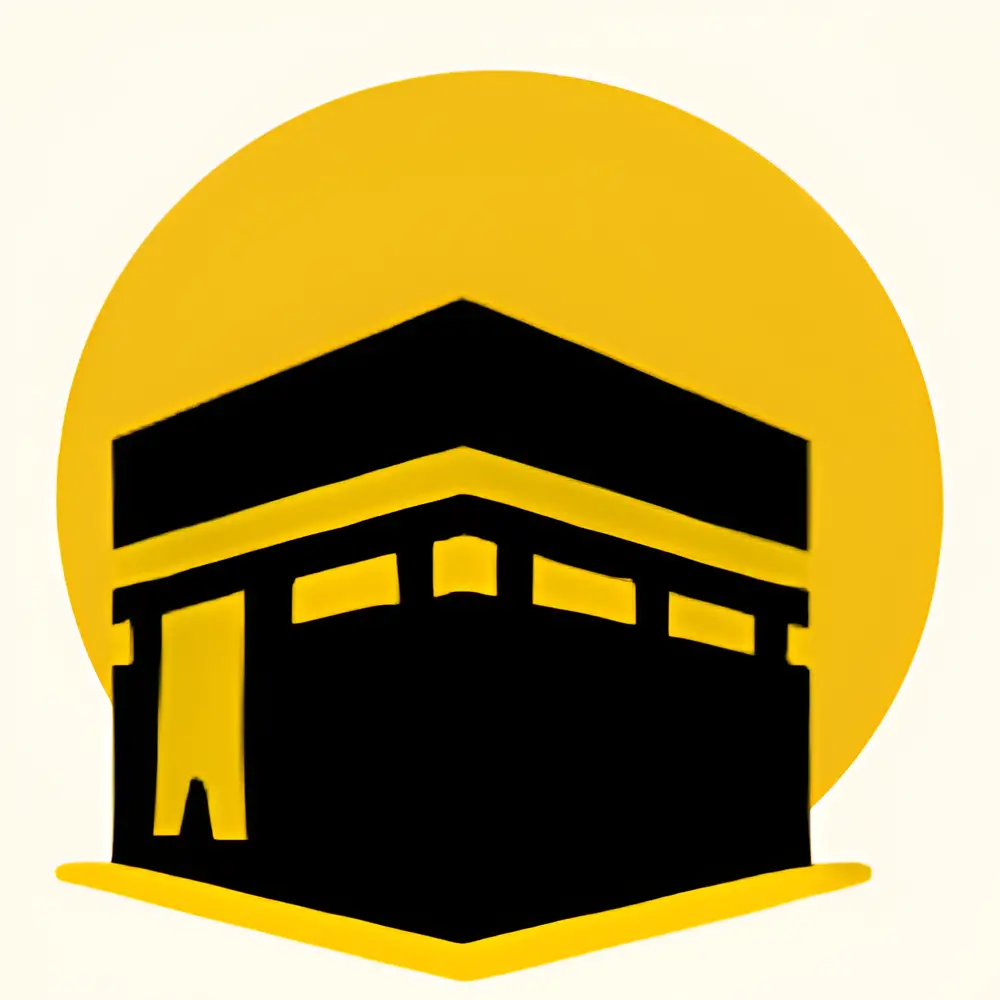The Al-Aqsa Mosque, commonly referred to as Masjid al Aqsa or the Farthest Mosque, is situated in Jerusalem’s Old City. After the Masjid Al-Haram and the Al-Nabawi mosque, it is regarded as the third holiest mosque in the world. Al-Aqsa is an important Muslim landmark due to its history. It is situated atop the Al-Aqsa compound, often referred to as Haram esh-Sharif, or the Temple Mount. Several years after the Prophet’s passing, this occurred. According to popular belief, the Prophet Muhammad (PBUH) made the night journey from the Great Mosque to the Al-Aqsa Mosque on the “strange” winged creature known as Buraq. He then ascended to heaven where he eventually encountered God and the other Prophets. According to history, Muslims and Prophet Muhammad (PBUH) used to direct their prayers towards Masjid Al-Aqsa before they were ordered to pray towards Kaaba. This is a reason why Al Aqsa mosque is so important to Muslims. Let’s read more about the History of Masjid Al-Aqsa Mosque.
History of Masjid Al-Aqsa Mosque
King Herod the Great extended the mosque known as Haram al-Sharif, which was established on the Temple Mount. Prior to this, according to Islamic doctrine, the masjid dates back to the time of the Prophet Ibrahim (PBUH). During the period of Prophet Ibrahim, his son Prophet Ishaq, and his grandson Prophet Yaqub, the Aqsa mosque was a significant mosque (PBUH). Prophet Yusuf (PBUH), Prophet Yaqub’s son and successor, advised leaving Egypt since it was so impoverished there. Since then, no one has been able to protect the Al-Aqsa mosque as their own, leading to several expansions, renovations, and constructions. He put his faith in his followers in Palestine to take good care of the mosque.
In search of better opportunities for a better material existence, the Israelites travelled to Egypt. However, these people became slaves for the Egyptians until Allah ordered Prophet Musa (PBUH) or Moses to rescue them. However, they defied God’s orders to go back to Palestine, and as a result, they were exiled for 40 years to roam the desert. The history of the Jews was as follows. Prophet Dawud (PBUH) founded his kingdom in Palestine, and his son rebuilt a palace in addition to reopening the mosque with the assistance of the local populace.
Importance of Al-Aqsa Mosque
The Prophet Muhammad spent a significant amount of time in the Masjid Al Aqsa in Jerusalem (PBUH). The fact that numerous Prophets lived in Al Aqsa Mosque before Muhammad (PBUH) arrived there was the primary factor in the mosque’s prominence. It was the epicentre of monotheistic preaching. The faithful later turned away from the masjid and toward the holy Kaaba on Allah’s command. The night of the voyage, also known as the night of Isra, had a vital role in Al Aqsa’s history, making it an important mosque in Islam. The Prophet fell asleep on the Kaaba late one night while travelling. At that point, the angel Jibreel sent him a winged being by the name of Burqa, who brought the Prophet (PBUH) to this Mosque. Then Prophet Muhammad (PBUH) ascended to Heaven, later that night.
When a Christian leader invited him, Umar Al Khattab entered Jerusalem after the Prophet Muhammad (PBUH) passed away, the second kalif of Islam, without spilling any blood. It wasn’t difficult for them to embrace Umar as their leader because his personality resembled that of their liberator. He and the Muslims with their righteousness made Christians and Jews pleased.

Al-Aqsa Mosque Architecture
Some significant architectural alterations are mentioned in the history of Al-Aqsa. In order to overcome challenging typographic constraints, arches were designed to support the mosque’s artificial platform. In 1922, the initial renovations began. As a result of the renovations, the mosque’s original Umayyad foundations were established, changing the interior columns by substituting beams. These preserved the interior of the main dome’s arches and drums. The southern wall was also reconstructed, and a concrete slab was used in place of the wood.
However, some of the restorations were destroyed by earthquakes. The architecture ultimately came down to:
- A 36-acre area, 5000 worshipper capacity rectangular mosque.
- A Dome of Rock exists and features a Byzantine design. Nothing from the original structure still exists, although the current dome is made of woodwork that has been enamelled.
- In the southern section of the masjid, beneath the dome, is a chapel or Muslim prayer room.
- Additionally, the mosque has a front covered in balustrades made of arcades and small columns.
- The mosque’s interior is divided into seven aisles and numerous halls. Near the dome, the main entry is faced with the mosaic and the inscriptions.
Facts about Masjid Al-Aqsa Mosque
- There are multiple mosques that make up Masjid Al Aqsa.
- The Qibla Mosque, located in the southern corner of the complex, is the major mosque.
- The Haram Al-Sharif or Al Aqsa Mosque also houses Buraq Masjid and Marwani Mosque.
- The compound has numerous graves of distinguished Muslims, including that of the Prophet Suleiman.
- The Holy Kaaba and the Masjid are both mentioned in the holy book of the Quran.
- Abu Hamid Al Ghazali wrote the well-known work of Islamic literature Ihyaa Ulum Al-Din inside Al Aqsa.
- One of the first domes constructed in Islam is the dome of the rock.
- Long utilised was Al Aqsa as a dumping ground by Romans until Hazrat Umar cleared the trash and litter from the premises.
The History of Masjid Al-Aqsa Mosque, a significant piece of Islamic history, is a representation of the magnificence of Allah. It is a significant Islamic religious place for Muslims all over the world and signifies many things. To see the magnificence and splendour of the Al Aqsa mosque, just pay a visit there.
Read more about Islamic History or Follow us on social media for daily Islamic reminders.









